LG Mobile Phone Mop-up
LG is promising to continue to provide updates for its Android devices for the next three years, at least for its premium models, while some budget models will only get two years of updates. The LG Velvet phones (~$300 - $400) and the Wing, LG’s 2020 dual screen smartphone (~$1,000) will have OS support until the end of next year, as will all LG phones launched since 2019, which we estimate includes about 48 models. South Korean LG customers will have things a bit better as customer service will be available to those customers for four years after the date of manufacture and LG will maintain its 120 service centers for its customer base.
While the bulk of the mobile operation will be closed in July, it seems that it will be years before LG can get out from under other expenses associated with its money-losing smartphone business including some of its mobile manufacturing operations which could remain until the end of this year. We expect the Android updates are part of a long-term agreement with Google (GOOG), but it would seem that after the dust settles it might be better for the company to farm out the customer service and repair to a 3rd party rather than continue the expense.
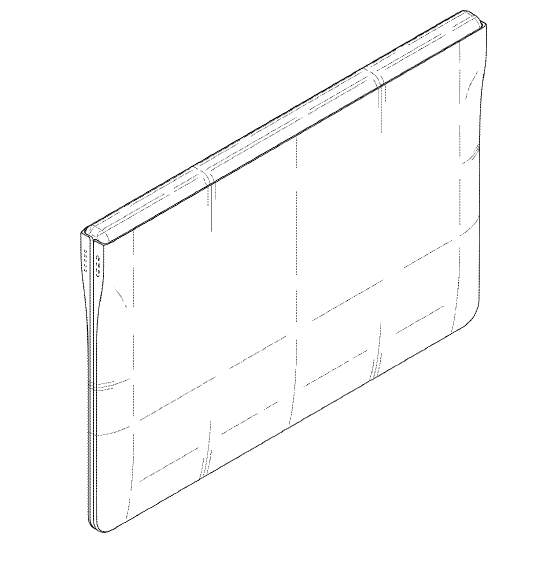
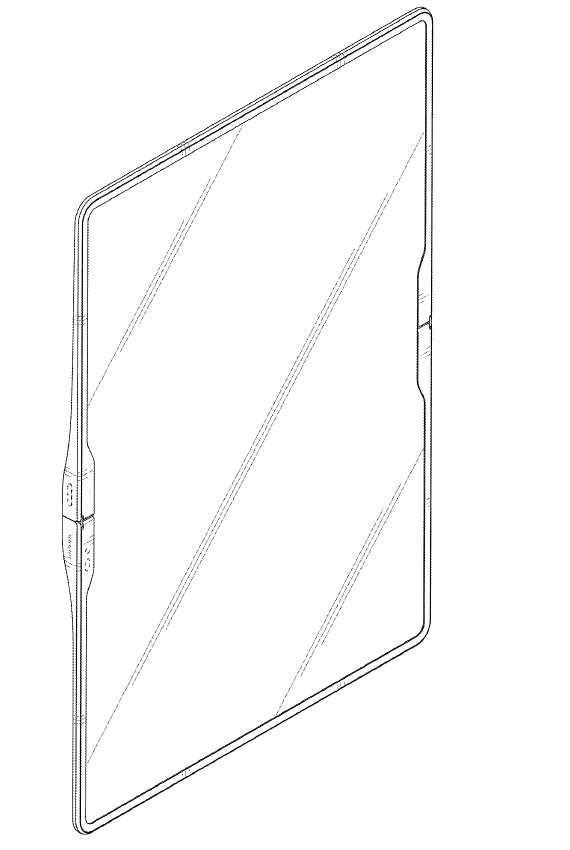
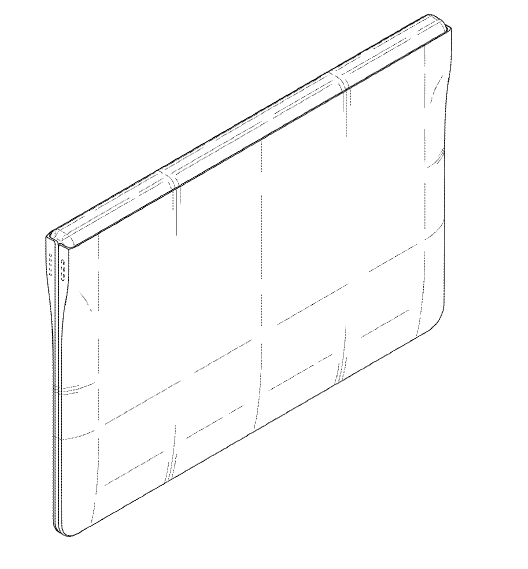
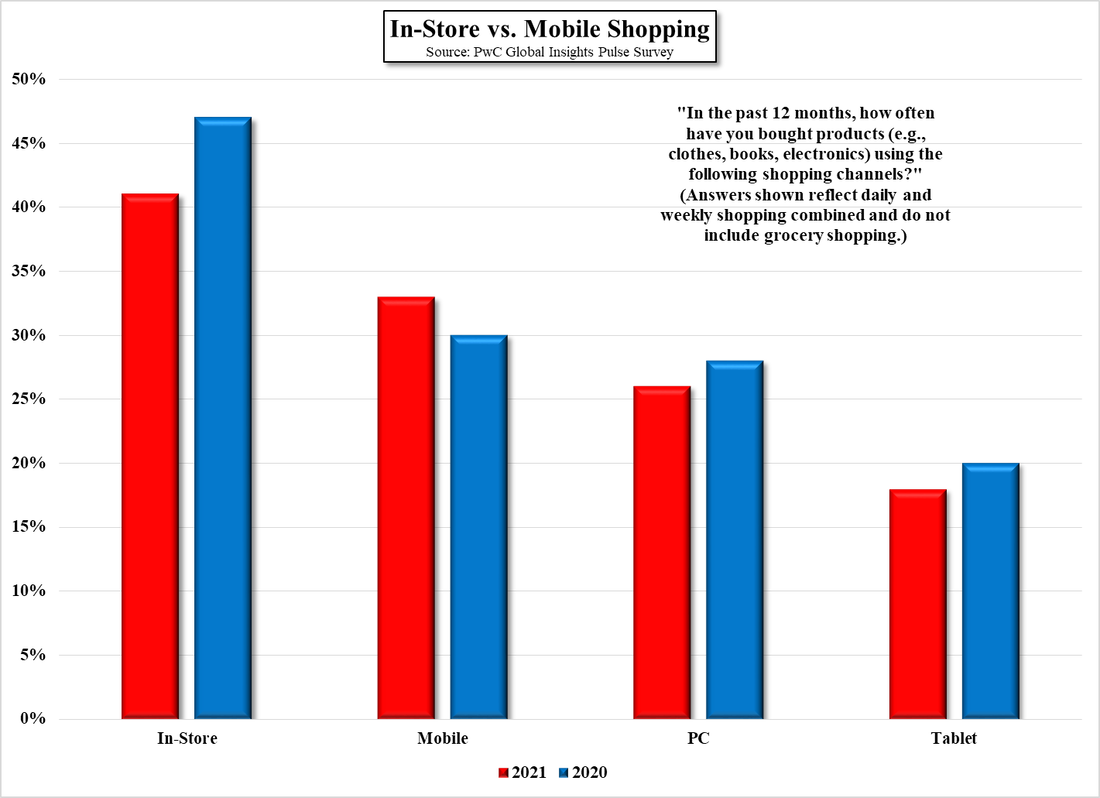
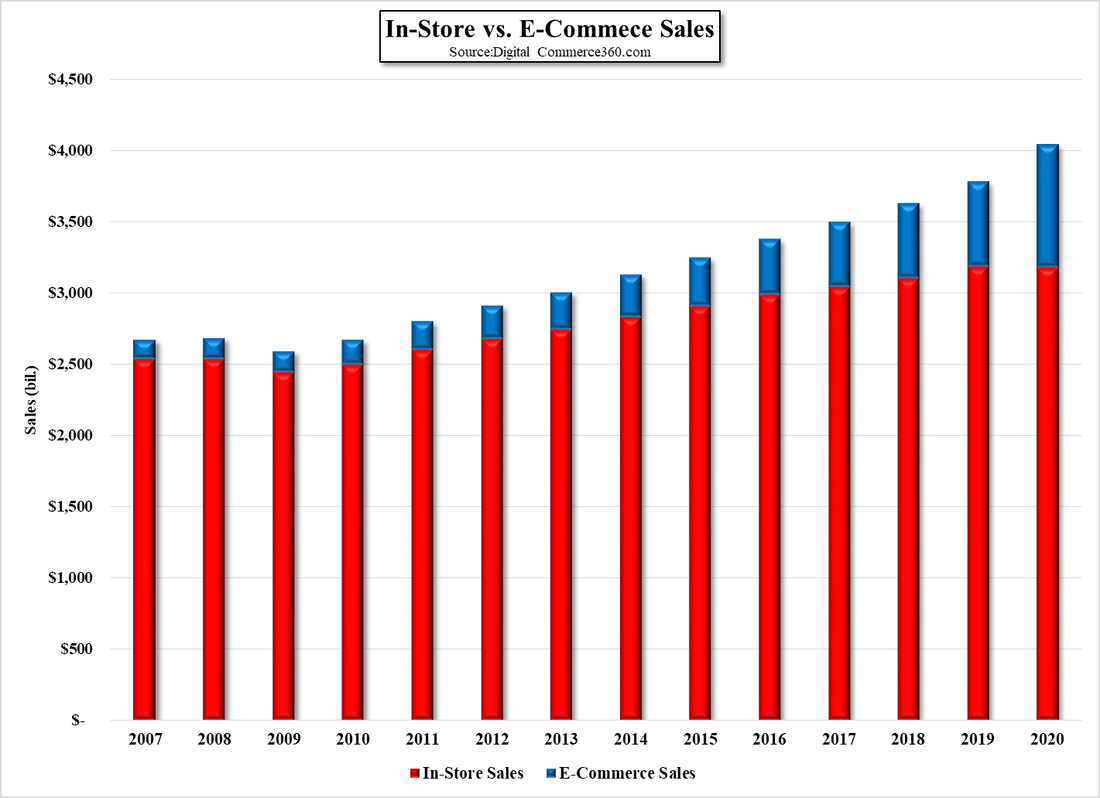
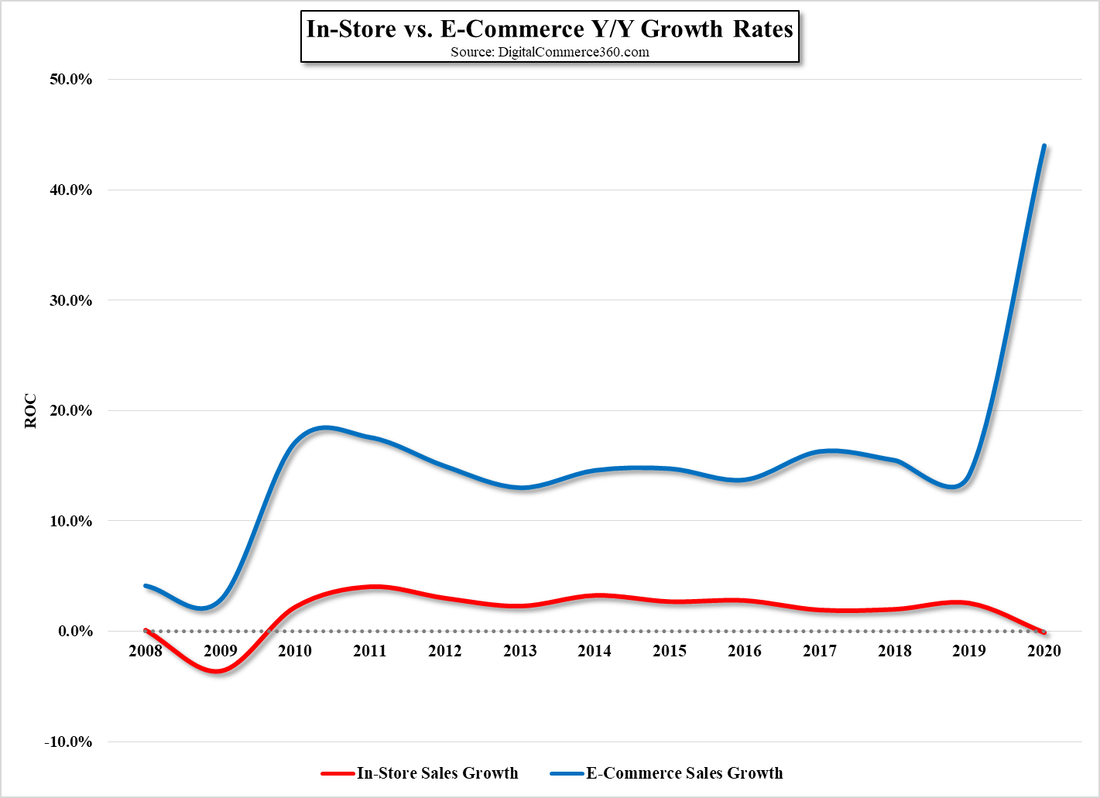


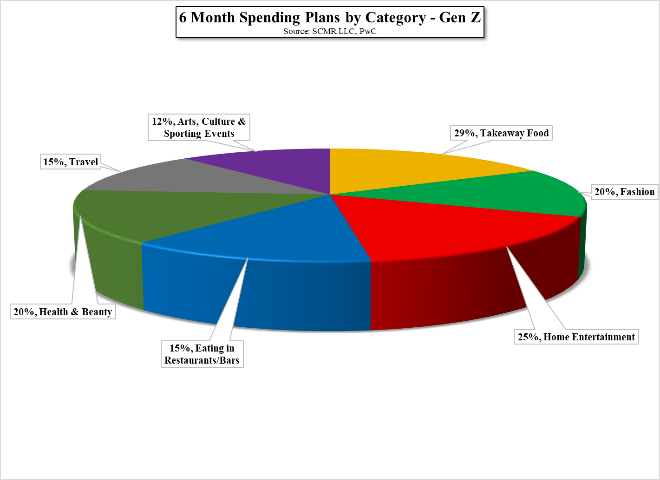


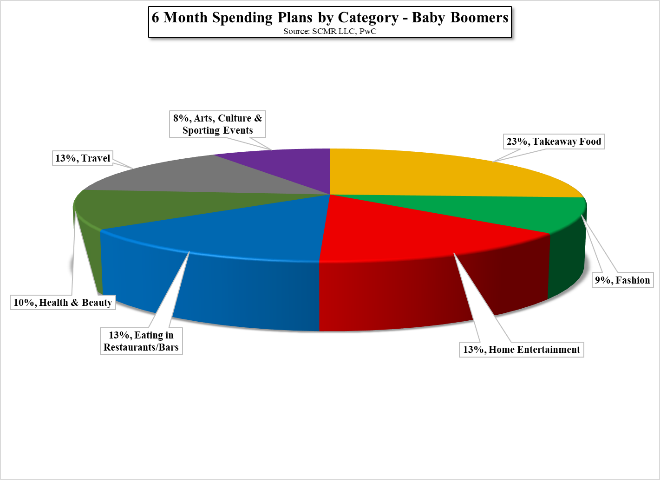
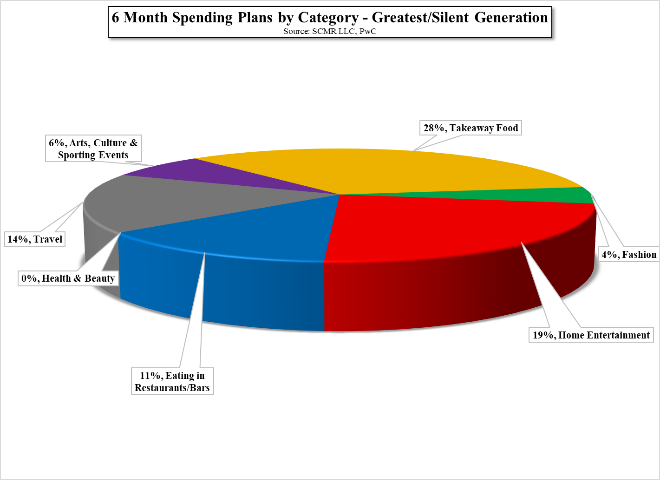

 RSS Feed
RSS Feed